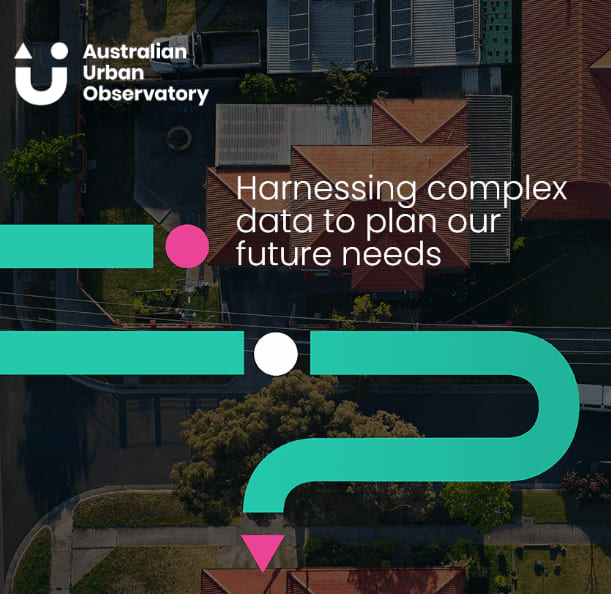RMIT researchers launch the Australian Urban Observatory which maps liveability in major cities
Developed by RMIT health and urban researchers, the Australian Urban Observatory is an innovative new mapping programme which is being dubbed the essential new tool for government and industry, "from policymakers wanting to improve the health and liveability of their cities to developers look for the next suburbs to invest in."
The Observatory was launched on Wednesday 5th of February at RMIT's signature research and innovation event, Engaging for Impact 2020, by Melbourne Lord Mayor Sally Capp.
The geographical mapping service is based on research knowledge about public health and urban environments and brings together critical data on easy-to-use maps the first time in Australia.
"Simplicity of data is key," says lead investigator Dr Melanie Davern, from the RMIT Centre for Urban Research. The app could help develop a clear understanding of real liveability for anyone from developers, planners, policymakers and students as well as members of the general community.
Drawing on over eight years of research findings by the RMIT Healthy Liveable Cities Group, the Observatory maps liveability indicators across the country’s 21 largest cities and measures liveability across cities, council areas, suburbs and neighbourhoods,” Davern said.
We’ve taken the data out of the tables and put it onto the map to display a real-world view of how this information exists in our cities and where we can change urban design and planning to really influence the health and liveability of Australian cities.
Policy makers looking to encourage active lifestyles for residents can easily access and understand key ingredients of liveability - like walkability, access to schools, public transport, and public open spaces - to decide which areas and people need resources the most.
They can even examine other neighbourhoods and suburbs across the country to find out what is working in comparable geographic areas.
Developers looking for the next place to invest can find indicators for whole suburbs or narrow down to individual neighbourhoods.
Using detailed liveability indicators, they can determine exactly which areas are the best places for new development or support future investment.
The app uses Geographic Information System (GIS) maps to display public health data across key areas of liveability, including:
- Walkability
- Public transport
- Social infrastructure and services
- Employment
- Food
- Housing
- Public open space
This data allows the platform to provide users with detailed information about their communities and the local factors influencing physical and mental health.
Through the Observatory we are creating a new national resource of liveability indicators needed to identify, measure, monitor and target responses to critical social, economic and environmental challenges that are arising with Australia’s rapidly growing population,.
Each indicator in the platform has been chosen because it is associated with health outcomes and is connected to government policies.
They have been designed so that all Australians can learn more about the connection between health and urban planning, and how they support the planning of healthy, equitable and sustainable cities.
Dr Melanie Davern
The Observatory is a collaborative project between RMIT University, the National Health and Medical Research Council (NHMRC) Centre for Research Excellence in Healthy Liveable Communities, the National Environmental Science Program supported Clean Air and Urban Landscapes Hub, and the NHMRC funded Australian Prevention Partnership Centre and state partners.
More information is available at auo.org.au
